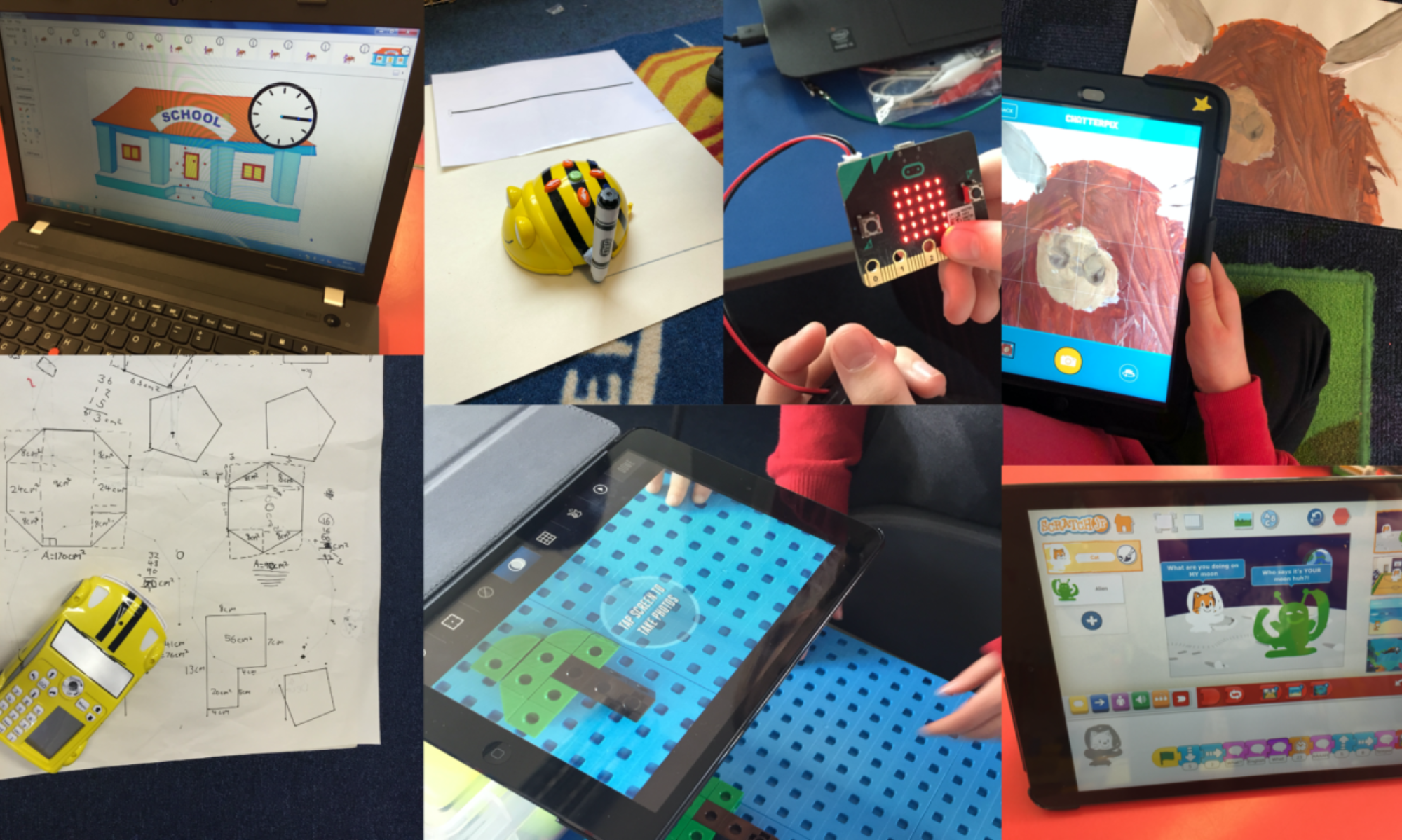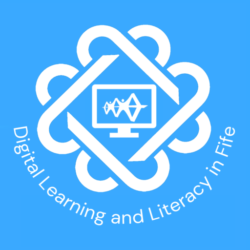| Binary (code) | A coding system using the binary digits 0 and 1 to represent a letter, digit, or other character in a computer or other electronic device |
| Bit | A single unit of information used in computing and digital communications – 8 bits in 1 byte. A binary bit is either a 1 or a 0 |
| Bluetooth | Allows the exchange of data over short distances from fixed and mobile devices |
| Boolean | Boolean logic is a form of algebra in which all values are reduced to either TRUE or FALSE |
| Byte | A byte is 8 bits |
| CPU (Central Processing Unit) | Often known as the brain of a computer that interprets program commands and executes its instructions |
| Forever Loop (Infinite) | A piece of code that will run continuously until the program ends as it does not have a functional exit |
| Glitch | A sudden, usually temporary malfunction or fault of equipment or computer program |
| IP Address | A computer’s unique address e.g.192.168.0.127 – This address is used by computers to communicate across a network |
| LAN | A Local Area Network (LAN) is a network where the workstations are ‘close’ together. It is usually thought of as computers in the same room, or building or even in a number of buildings, which are next to each other |
| Memory | There are two main types of memory : Random Access Memory (RAM) – this is where the computer stores programs and files it is using at the moment – all data stored in RAM is lost when the device switches off. Read Only Memory (ROM) holds part of a program that starts running when a computer is switched on |
| Mesh | A local network topology nodes (i.e. switches and routers) connect directly and non-hierarchically to as many other nodes as possible to efficiently route data to pc’s on the network |
| Nested Loop | A loop within a loop |
| Network | Two or more computers connected for the purpose of storing, sharing, and managing data i.e. the internet |
| Packet | A block of data transmitted across a network |
| Parallel Process | Multiple processes all running at the same time (simultaneously) |
| Peripheral | Any input, output or storage device connected externally or internally to the computer’s CPU, such as a monitor, keyboard, mouse, printer, hard disk, graphics tablet, scanner, joystick etc. |
| Pixel | The basic unit of a digital image, representing a single colour or level of brightness |
| Predict | To make known in advance |
| Router | Network hardware which forwards packets of data onwards to the most appropriate hardware to which it is connected allowing users to connect to a network |
| Server | A computer or computer program which manages access to a centralised resource or service in a network |
| Simultaneous | At the same time |
| Specification | A definition (layout, blueprint, design) of hardware or software |
| Sprite | An icon in a computer game which can be manoeuvred around the screen by means of a joystick, etc. |
| Structure | Anything composed of organized or interrelated elements i.e. hierarchical file structure. |
| Switch | PCs on a network are connected to a ‘switch’. A switch manages lots of connections with computers at the same time and lets them all communicate with the server |
| Topology | The arrangement of a network, including its nodes and connecting lines |
| Variable | A way in which computer programs can store, retrieve or change data, such as a score, the time left, or the user’s name |
| Wi-Fi | A local area network (LAN) that uses high frequency radio signals to transmit and receive data over distances of a few hundred feet |


Fife Computing Science Progression
Developed by Fife Children and Education Services
